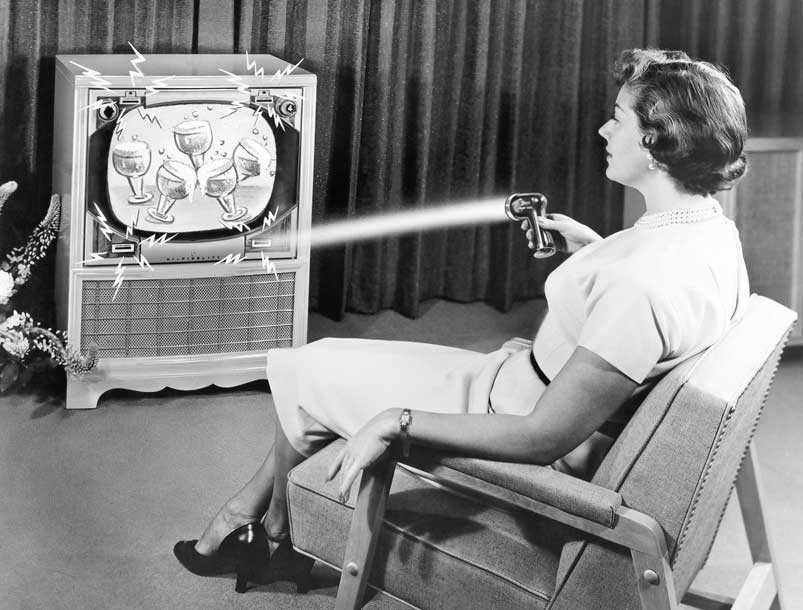What does the end of advertising mean for marketing?

I read Michael Wolff’s LinkedIn Pulse article with interest – ‘The End of Advertising As We Know It‘. It outlines the decline in response rates and effectiveness for what could be called ‘sledgehammer’ advertising.
In itself, it’s a great example of how to sell in a time of information overload. If he’d just taken some banner ads on LinkedIn or written a blog called ‘Buy My New Book About The Decline Of Advertising’ it’s very likely I wouldn’t have stopped to click or read. I probably wouldn’t have even noticed them, so good is the brain at filtering information.
Disruptive technology and mental filtering
The article itself outlines the decline of broadcast advertising due to its disruption by technology. Going back to the launch of the first DVRs in 1999 (TiVo and Replay TV). The ability to bypass and advertising in our TV viewing is mirrored by technological and mental filtering in other media – from print to digital.
It goes on to note how (commercial) television is no longer virtually 100% ad-funded. Instead, it now looks to subscriptions, licensing and foreign sales to deliver approximately half of its revenue. The result is that a small number of real-time events drive increasing rates (mostly live sport) but the rest of television is commodity.
A sea of media and messages?
Of course, ubiquity is where the majority of digital media finds itself. We are all swimming in a sea of media and messages. They’re everywhere. In digital media – even more so that print – advertising and content is intertwined.
Wolff notes how Facebook’s value may seem high if it is viewed as a technology company, but in reality its value comes from the sheer scale of the traffic across its platforms. Facebook has nothing to attract users with other than the things that users post about – cat pictures, candid camera moments and ranting spring to mind – but the technology allows it to achieve vast scale.
Levelling the playing field?
The result is that it’s harder than ever to stand out. You need to engage users, not shout things at them. A hyperbolic headline will get you noticed but you need to follow it up with some value. And quickly. It turns the traditional model of brand-building on its head but it also levels the playing field.



